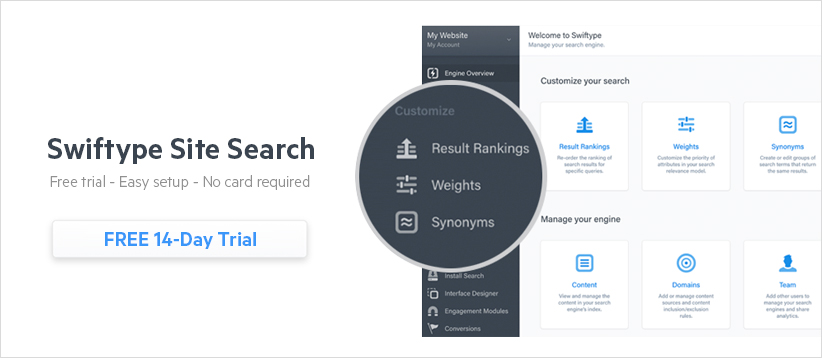You don’t have to be a genius to understand why content generation is a good thing. In fact, it’s a very good thing since it’s used to increase awareness, lead-gathering, and conversion rates, and ultimately sales.
But knowing when to prioritize which type of content on your web properties can be tricky without the insights of your visitors’ behaviors. These observations can be beneficial, even advantageous because you don’t have to guess what they’re interested in, they’re flat-out telling you. So where do you start? How should you begin?

Let’s Start With the Basics
Demand and lead generation content come into play at different points in your relationship with your buyer, but both are equally important and should be easily accessible, especially via your website. Yes, I’m here to tell you there is a difference between Demand Generation and Lead Generation content.
Demand generation content tends to be free and easy. And free and easy are two words people like to hear, especially when they’re initially researching a product or service. This type of content—ie: blog-posts, checklists, infographics, charts, and images—is used to provide information about, and drive interest around your products and/or services, as well as help map out brand positioning and raise brand awareness. It’s highly digestible and begs to be shared.
Lead generation content, on the other hand, isn’t quite so easy, nor is it free. It’s typically gated and leans toward long-form, meaty, highly subject-specific content—ie: whitepapers, e-books, research studies, and webinars. It can’t be accessed without the reader giving away details like email, phone numbers, and workplace information. This rich, curated content is targeted at select, interested readers, already familiar with your brand and actively searching for answers or a solution.
Understanding Search Queries Helps Promote the Right Content
When visitors search for something on your site, that’s clear, intent data. You don’t have to guess what they’re interested in based on behavior. But there is also plenty that can be inferred to help move buyers along. By implementing the right site search solution, you can track these behaviors and then quickly display relevant results, while simultaneously enhancing your library with additional content that addresses these pain points and questions. Your site search solution can also help clarify what people “mean” when they ask certain questions or key-in variants of search queries. This goes a long way toward determining how best to serve up the most fitting demand gen content.
Let’s say you’re in higher education and have a diverse audience visiting your website daily. A general, overarching, site search query, like “campus tour” might indicate your searcher is potentially a prospective student in the beginning stages of their research. This provides you an excellent opportunity to not only prioritize relevant content on booking campus tours, but also highly rank additional helpful information geared toward prospective, on-the-fence students that will increase their likelihood to apply.
Or say your brand sells invoicing software for freelancers. A visitor to your site may have been recommended by a friend but not yet be sold on the benefits you offer. If they search for “easy invoicing,” you can weight and rank your results to focus on promoting your best and highest converting pieces of content, ensuring that you give them results that show that you’re the experts.
And Voila! You Have Leads That Are More Likely to Convert
This is why investing in an intuitive site search platform that utilizes advanced search algorithms and language modeling intelligence is important. Not only does it help customers find what they’re looking for faster, but it helps you investigate your top site searches and ensure you’re delivering the most relevant and optimal demand/lead generation content buyers are looking for. By delivering the most relevant and topical content, no one clicks off your site underserved or unhappy.
The result? Your content has actually helped those looking for help, in one way, shape, or form. Whether they want information or they want answers, when they find the right content, they willingly engage, provide their contact information, and look to you as a leader in your space.
Want to learn more about site search and how it can kick start lead conversion on your website? Download the Abderdeen Group Buying Guide: “4 Key Considerations for Acquiring an Effective Site Search Solution” and get all the details.











